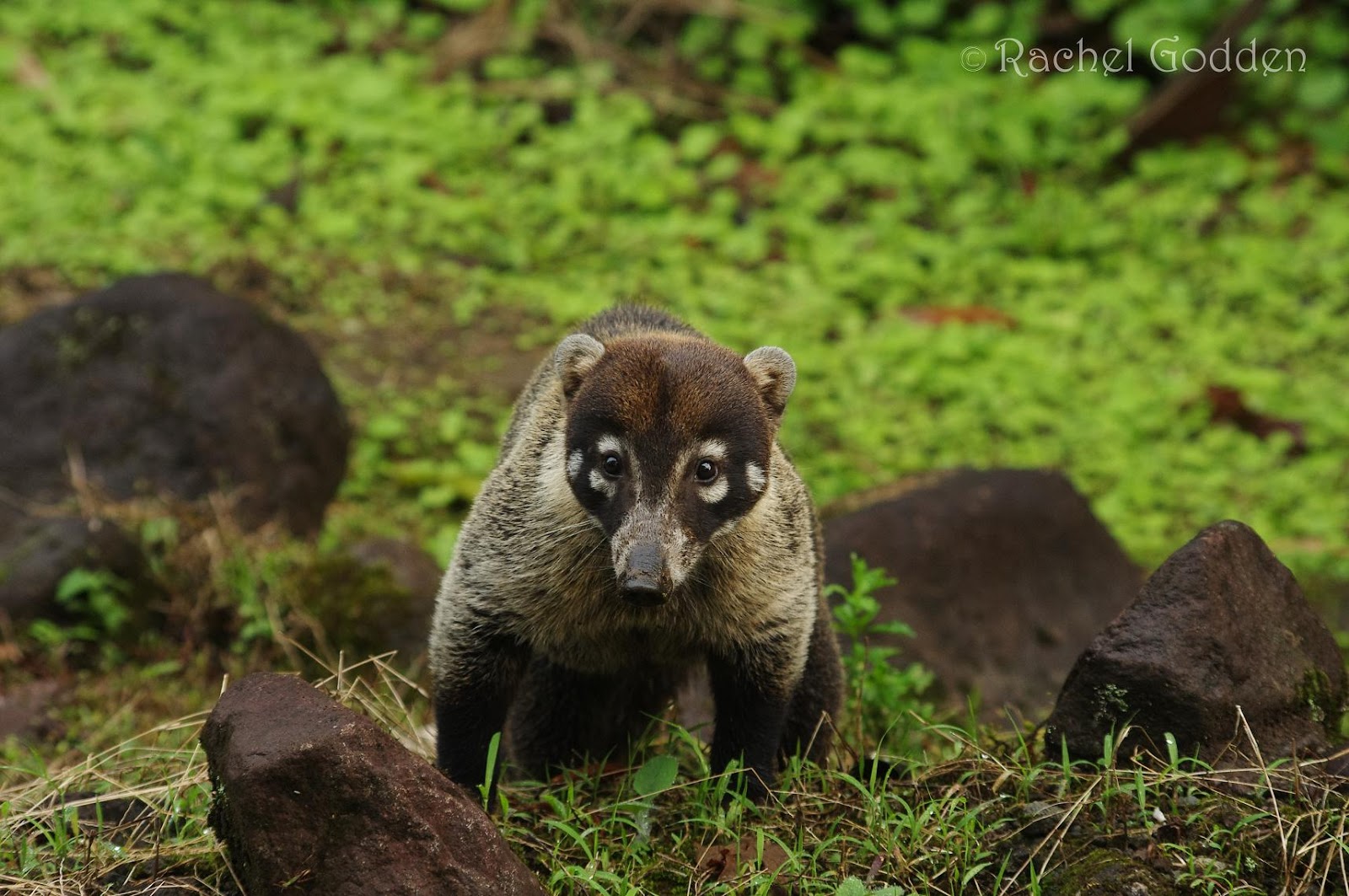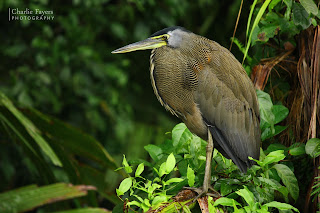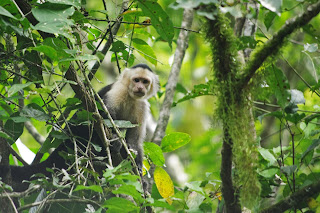 |
| A Resplendent Quetzal shows off irredescent turquoise feathers in the Caribbean wind blowing through Monteverde |
|
|
|
 |
| Green Violetears compete with a Brilliant |
|
|
|
 |
| The Side-striped palm-pitviper - confined to just the mountains of Costa Rica and Western Panama |















































